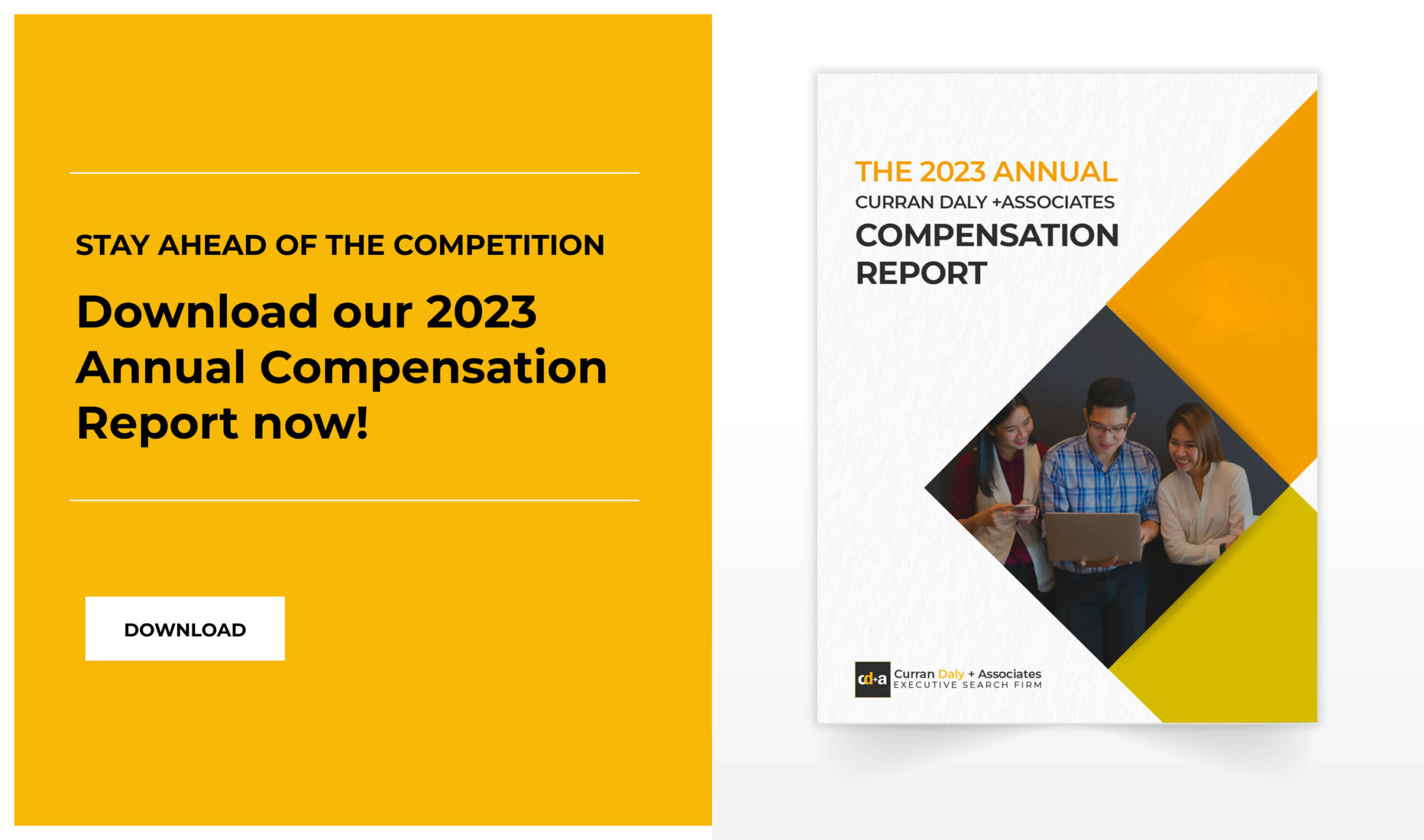We have to admit, this pandemic has already disrupted the business world and put many companies in a position where they have no choice but to reassess their digital strategy.
The pandemic has significantly influenced the way companies run their businesses and accelerated the pace of digital transformation. As a result, CEO’s are discovering a number of benefits, e.g. increased productivity, better customer experiences, reduced face to face interaction or phone calls, meaning that cost of transactions are reduced.
Here’s how we see COVID-19 fast-tracking the digital revolution in organizations and our economy:
-
Remote Work
This pandemic has required companies to allow a work-from-home setup just to continue business operations. But not all companies have the technology infrastructure set-up needed to offer remote work, which means they need to innovate and deploy technology resources to maintain business continuity.
-
Remote Education
As COVID-19 spread across the globe, schools and universities had to adopt virtual and online learning to maintain continuity of education. While some schools or universities were prepared for the quick shift, others are struggling. It has placed more demand on the IT teams, to develop and deliver applications and virtual learning tools for students and teachers. This is unlikely to go away in the future.
-
Tele-health
Naturally, people would now think twice about going to hospitals during these times as overcrowded facilities increase the risk of contracting the virus. This risk applies to both patients and frontline health workers. Thankfully, public health officials have pushed our healthcare systems to assist those who are in need by means of online consultation or telemedicine. Furthermore, technology is creating more and more digital monitoring tools, so that doctors have more real time information about their patients.
-
Virtual Events
With the quarantine being implemented, gatherings are now restricted to prevent the further spread of the virus. But with technology and the need to stay at home, these events and gatherings have now mostly become online meetings. Web-seminars, online conferences, and even government officials are taking their sessions online. Plus, it allows for recorded sessions, accessing information via apps quickly developed via IT.
-
The Growth in e-commerce
Deliveries and online transactions are now the new normal for most people – from grocery shopping, to buying food, or to simply just having the urge to shop for new items, everything is now available online. Contactless transactions are more convenient.
-
Banking transactions
Fintech is not just the domain of small start-ups in financial services. Larger, more mature businesses have the budgets to develop new and improved apps that facilitate quicker, easier transactions for customers 24/7.
Implementing a digital strategy should be part of every company’s business plan. Here are some steps for a faster digital transformation from Blake Morgan’s book The Customer Of the Future:
-
Customer Focus
Before digital transformation can begin, organizations must switch their mindset from being product-oriented to being customer-focused – this means that the driving force to your change should make your customers’ lives easier.
-
Technology Decision
The new norm might have already made an impact to your organization and not just on a single department. On an average, 15 people are usually involved in most technology purchase decisions which means everyone’s opinions should be considered.
-
Integration
A successful digital transformation needs a streamlined data strategy – all data systems must work together and to be integrated into an organization’s internal process.
-
Employee Feedback
While organizations should focus on digital solutions for their customers, they should also get employee feedback and provide consumer-grade technology solutions so that it can empower their employees to give an amazing customer-experience.
-
Data Security, Privacy, and Ethics
Adapting to this new norm also means having a new set of risks – organizations should be reminded that any data breach or hacking can destroy one’s brand.
-
Product, Service, and Process Evolution
To find the most efficient and innovative solutions, successful companies often push past what has always been done – digital transformation requires organizations to change their way of thinking when it comes to delivering products and services.
-
Personalization
With the new norm, we now have the opportunity to offer personalized services to our customers and consumers. Make sure to leverage your customer data to develop digital solutions that are unique to your customers.
Curran Daly & Associates is a top executive search firm in the Philippines. Our top-notch recruiters can help you find the right talent. Connect with us by simply clicking here!
You may also check out our insights on career and HR through our updated blogs!
References:
Morgan, B. (2020, April 5). Is COVID-19 Forcing Your Digital Transformation? 12 Steps To Move Faster. https://www.forbes.com/sites/blakemorgan/2020/04/05/is-covid-19-forcing-your-digital-transformation-12-steps-to-move-faster/#6e11bc1c617b
Marr, B. (2020, March 17). How The COVID-19 Pandemic Is Fast-Tracking Digital Transformation In Companies. https://www.forbes.com/sites/bernardmarr/2020/03/17/how-the-covid-19-pandemic-is-fast-tracking-digital-transformation-in-companies/#4321c098a8ee
Jouany, V. & MarticHow, K. (2020, April 21). COVID-19 Is Accelerating Digital Transformation in the Workplace. https://blog.smarp.com/how-covid-19-is-accelerating-digital-transformation-in-the-workplace










0 Comments